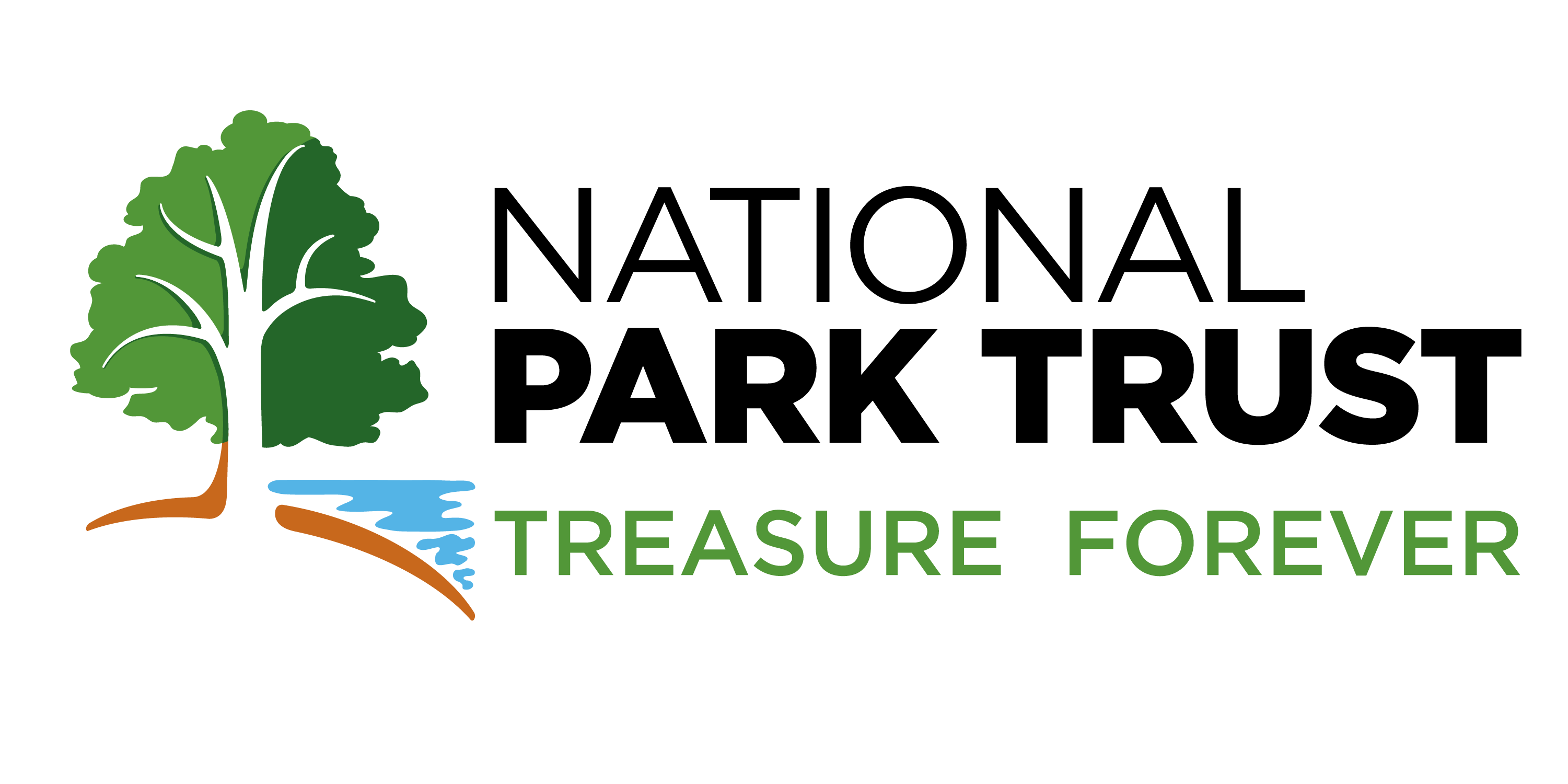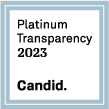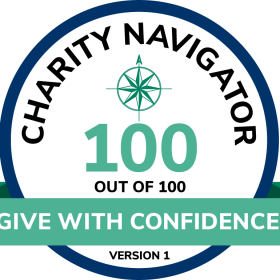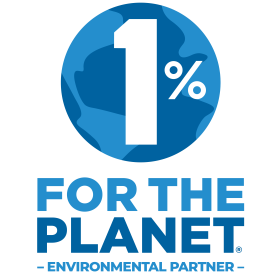Choosing the Best Sunscreen to Protect the Coral Reefs
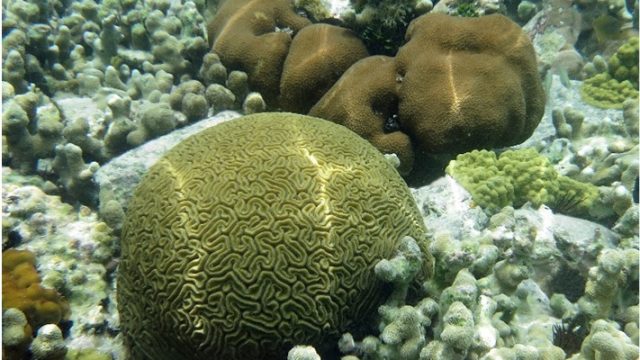
The US Virgin Islands are home to some of the most incredible coral reefs in the world. But because of tropical storms, rising sea temperatures, and the influence of humans, the reefs are in severe distress which impacts all living creatures on the planet.
According to the National Park Service, over 6,000 tons of sunscreen wash over sea coral every year. Ninety percent of that sunscreen – equal to the weight of 50 blue whales – washes over ten percent of the world’s sea coral located primarily in tourist areas such as in the National Parks of Hawaii, US Virgin Islands, American Samoa, and Florida. (1) Because of this, harmful sunscreens are now against the law to sell and purchase in those areas.
In my time at the US Virgin Islands National Park, I learned that coral reefs are the front door to the ocean ecosystem. If the reefs die, all sorts of dangers start plaguing the plants and animals of the ocean. This in turn affects humans from the fish we eat to the increase in the frequency of storms that destroy our homes.
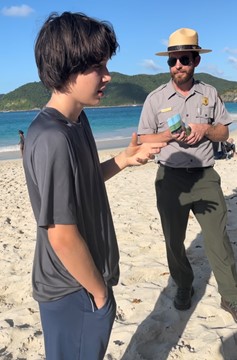
For these reasons, it is important to know how to be prepared when you go into the ocean…everywhere! The ocean is just like the land we walk upon: we want to LEAVE NO TRACE.
One of the ways we can “leave no trace” is by using “reef-safe sunscreen.” Various scientific studies have determined that certain chemicals found in many sunscreens, such as octinoxate, oxybenzone, parabens, and particles less than 100 nanometers, can cause coral bleaching. (2)
Coral bleaching happens because of chemicals (sunscreen oxybenzone, octinoxate), sewer runoff, and warming ocean temperatures. These factors cause the coral to vomit out key cellular creatures living inside of it called zooxanthellae. These plant partners give the coral most of its energy. When they leave, the coral becomes weak and susceptible to disease, often dying as a result.
Coral reefs are important because they provide a key part of the ocean habitat. Like forests are for animals, coral reefs provide safe havens and food sources for sea turtles, fish, and sea plants, prevent erosion of the shoreline (which is an important protection for homes), and filter the amount of carbon dioxide in the water. Over time, the coral reef can only do so much before it becomes bleached and stressed, which in turn affects our food supply, our homes, and even our weather. (3)
The easiest way for you to help prevent the bleaching of coral is to follow these guidelines (4, 5):
- Do NOT buy sunscreens that have octinoxate and oxybenzone in them (just remember to avoid Oc’s and Ox’s).
- Do NOT buy sunscreens that have parabens in their ingredients.
- Do NOT buy sunscreens that contain any kind of beads or nanoparticles.
- Buy mineral-based sunscreen, primarily made up of zinc oxide and titanium oxide.
- Do buy “rash guards,” long sleeve shirts so you don’t have to use as much sunscreen.
- Choose lotion-based sunscreen, not sprays. If you have a spray, spray it on your hand and if possible, indoors so that the spray does not go onto the sand or carry the chemicals on the wind.
- Swim before 10 AM and after 2 PM to avoid the hottest parts of the day where you burn the easiest. Swimming at sunset is a beautiful way to wrap up the day. And if you choose to swim during the transition to the dark, the ocean may even reward you with a few bioluminescent creatures!
Also, important to note, products saying “reef” on the bottle might not be reef safe since there is still no common guideline. The guidelines above will help you make the right choice.
Following these guidelines will help coral and our oceans wherever you go and in turn help the national parks and earth that we all love.
Many thanks to my mentors for helping me to understand how to keep our reefs safe: NPS (National Park Service) Interpretive Ranger Gary Brennan of Biscayne (now retired) and NPS Interpretive Ranger Mark Whitefoot of US Virgin Island National Parks.
National Park Robbie – follow me at @gooutsidefamily and @nationalparksrobbie
Image: Teenage speaking with Park Ranger watching and ocean in the background.
List of Sources:
